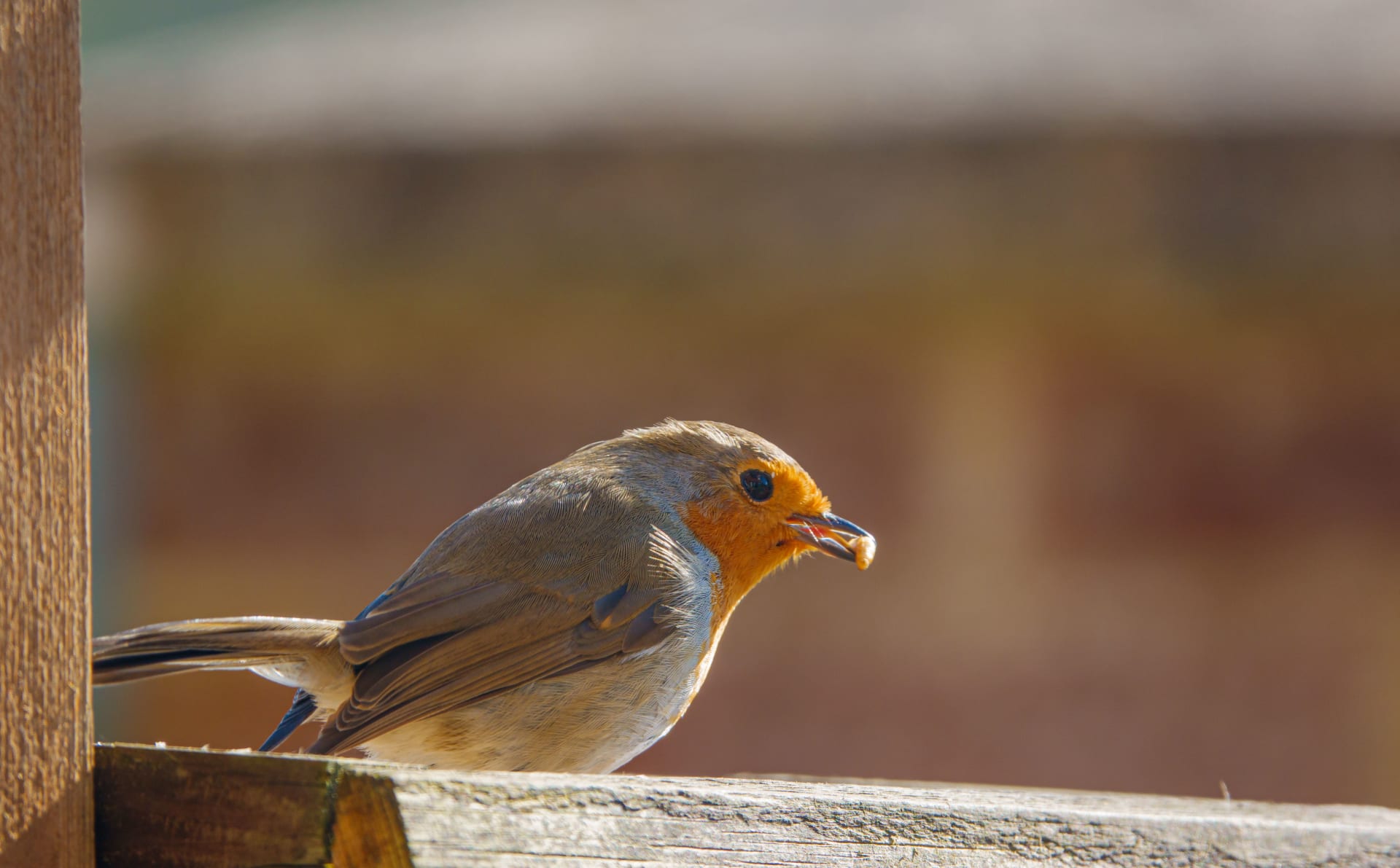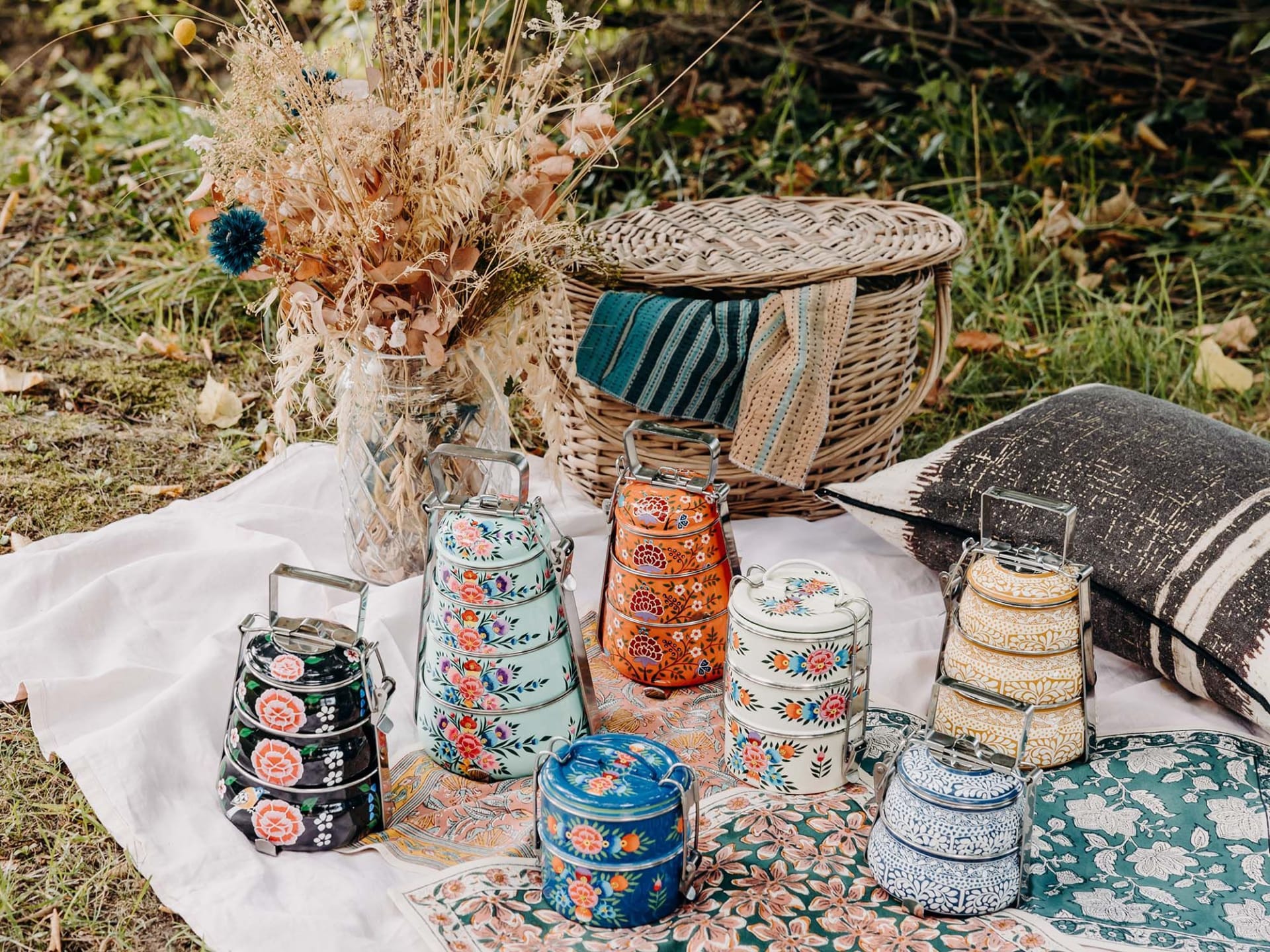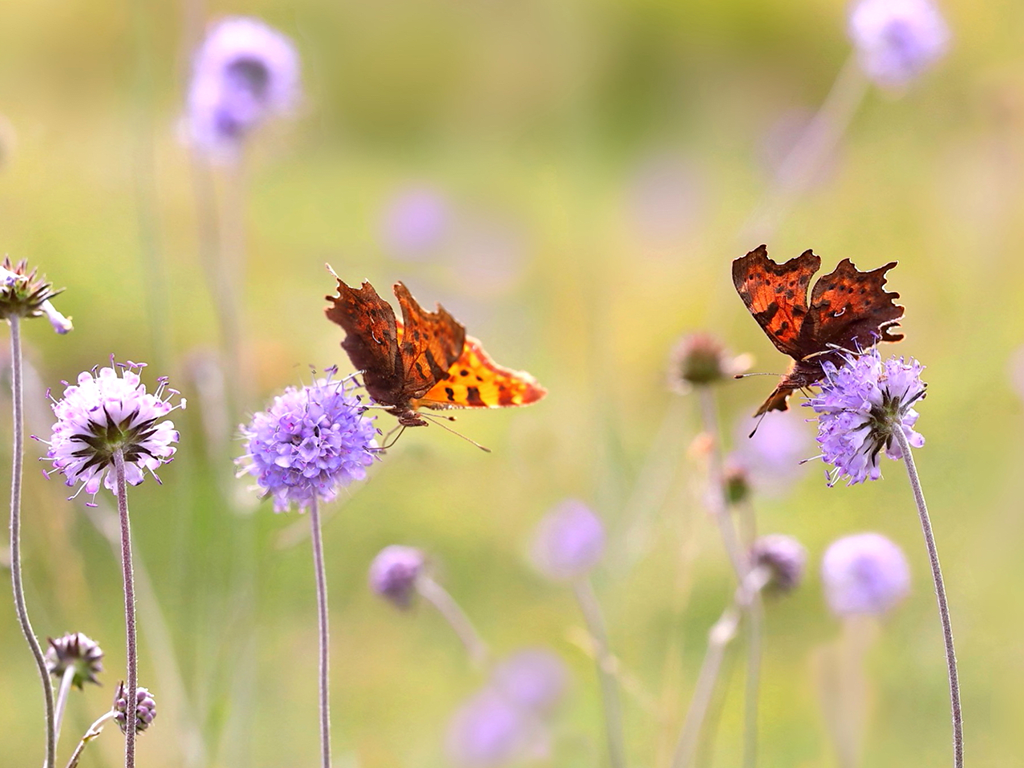We take the British bee population for granted, perhaps not realising just what an important part this tiny insect plays in British agriculture as it pollinates a third of everything we eat and helps keep the planet’s ecosystem sustained. Sadly – through the introduction of new farming techniques and the widespread use of insecticides and urbanisation – 97% of the UK’s vital wildflower meadows have been destroyed, but we can all do our bit to help.
If you take time to watch how bees collect nectar and pollen as they buzz around it is quite fascinating; they are attracted to open, pollen-rich flowers and use scent rather than sight to locate these plants. As the bee lands on the stamen (male reproductive organ) of the flower, some pollen will stick to the hairs on the bee’s body. As she visits the next flower, some of this pollen is deposited onto the stigma or tip of the pistil (the flower’s female reproductive organ). Thus, pollination occurs.
There are simple steps that we can all take to help sustain the bee population, and it is as easy as planting certain plants in our gardens, window boxes or pots. To encourage bees and other pollinators to look for flowers with accessible stamens – not closed with petals. Aim for at least two kinds of bee-friendly plants for each flowering period throughout the year.
Although we naturally assume that during the cold, dark days of winter there are few plants that will attract pollinators to our gardens, this is a misconception. Several highly fragrant shrubs bloom over winter – making our outdoor space not only more appealing to bees but humans, too! Consider planting Viburnum tinus which has small white and pink flowers in bloom for around five months from November or Viburnum bodnatense which is in flower from Christmas until late March. Varieties of Mahonia with their sweet scent and attractive yellow blossoms flower from late January until the Spring. Intoxicating perfume comes from varieties of Sarcococca with their small white flowers, or perhaps a winter honeysuckle, Lonicera fragrantissima. Bulbs such as snowdrops, winter aconites, purple crocus and Snakeshead Fritillary and perennials such as Hellebores and Erysimum ‘Bowles mauve’ wallflowers will all provide during the cooler months.
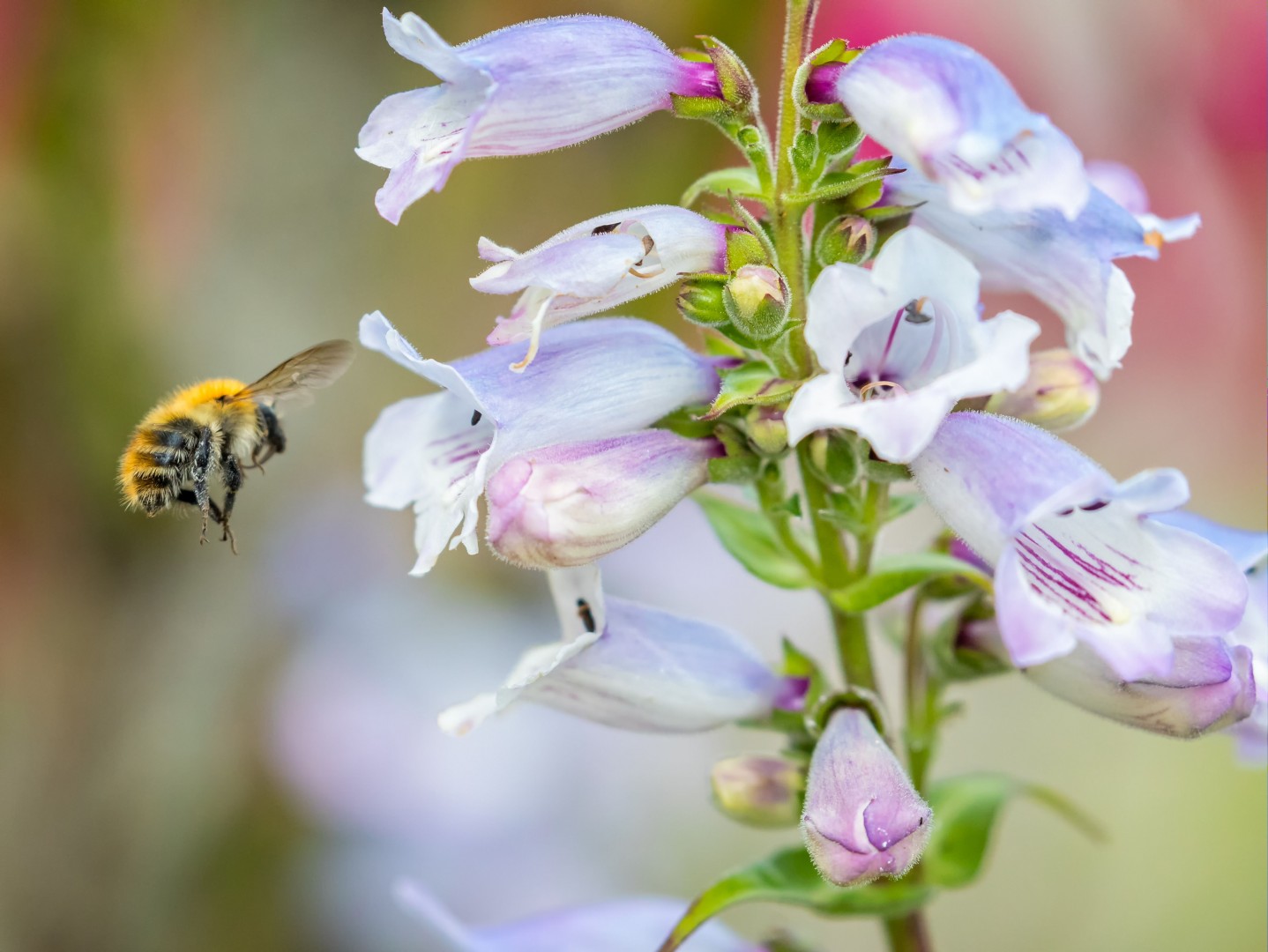
As the seasons change you have a wide choice of bee-friendly plants including wildflowers such as native primroses and cowslips. Foxgloves with their attractive tubular flowers are particularly attractive to long-tongued bees, like the common carder bee.
Purple and blue open flowers are most attractive: hardy geraniums such as Cranesbill Rozanne and Johnson’s Blue bring the bees in profusion. We have a wide variety of English lavenders in this country with both blue, mauve, and white flowers and Lavandula Hidcote is a particularly neat variety to grow. Other summer flowering perennials that bring pollinators into the garden are Agapanthus, Dianthus, Nepeta, Salvias, Penstemon and Monarda (known as Bee Balm for obvious reasons).
Although most roses have tight flowers there are many which have a more open, bowl-shaped flower. These include wild roses such as Rosa Glauca, Rugosa roses whose flowers range from white to deep magenta pink, shrub roses such as Scarborough Fair, and ramblers such as Kiftsgate and Kew Rambler.

Late summer into early autumn can bring forth a wide range of flowering plants including Echinacea with their cone-like flowers which are incredibly appealing to bees and produce some of the most delicious honey. Single dahlias such as Bishop of Oxford and Heleniums with their rich autumnal colours, inter-planted with Asters in a range of colours from white to deep red and blue/purple will not only give you a stunning border full of colour but will keep the bees buzzing. And don’t forget flowering herbs which can be grown in pots or window boxes and include creeping Thyme, Oregano and Chives.
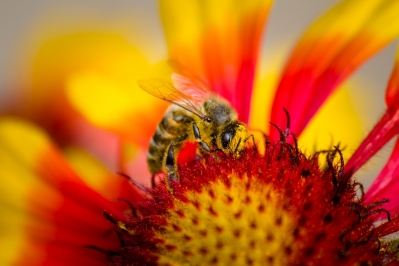
Flowering trees including fruit trees such as apple and cherry are worth finding space for and don’t forget – many fruit trees can be grown as cordons and espaliers saving space in small gardens. Buddleia not only attracts bees but butterflies, too, and although some are wary of laburnum as the pods it produces after flowering are poisonous, when it is in bloom, its trusses of golden flower pods can become a bee-magnate. Wisteria has a similar effect.
Making a bee house or ‘insect hotel’ in a dry, sunny location in your garden is a fun activity, especially for younger children, and will also be beneficial as solitary bees like to nest in them.
If you want to become more involved and learn how to care for your own hive of bees, help is at hand from both The Vale and Downland Beekeepers’ Association and the Oxfordshire Beekeepers Association (OBKA), depending on in which part of Oxfordshire you live. Both charities represent the interests of beekeepers and beekeeping and can provide valuable and essential infomation on how to care for these precious insects.
Chairman, Michael Havard-Bilton explains: “Over the past year, with more people working from home, there has been an increased interest in bee-keeping. Keeping bees healthy and productive requires knowledge and skill, and it is made much easier by belonging to a local Beekeeping Association where you will be given advice, tuition, and support. If anyone is interested in looking for further information, please look at our website valeanddownlandbees.org.uk where you will find all of our courses and events listed.”
The Oxfordshire Beekeepers Association organises around six talks of interest to beekeepers during the winter months with a training programme for beginners starting in March 2022.
Richard Stansfield, Secretary of OBKA explains: “Our annual beginner's course starts late February/early March and will give you an overview of beekeeping. During the summer months, at monthly intervals, you will go on to learn about the full cycle of bee behaviour” To find out more please visit






